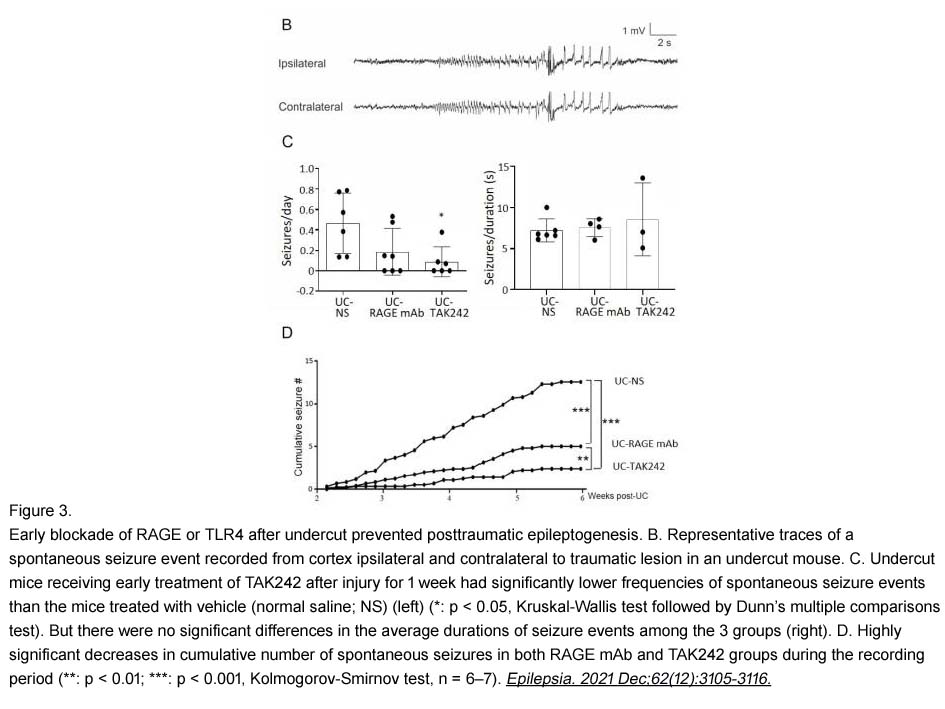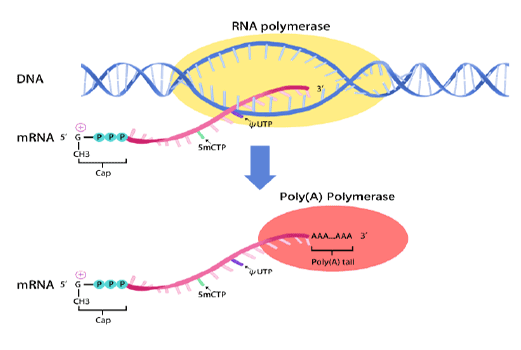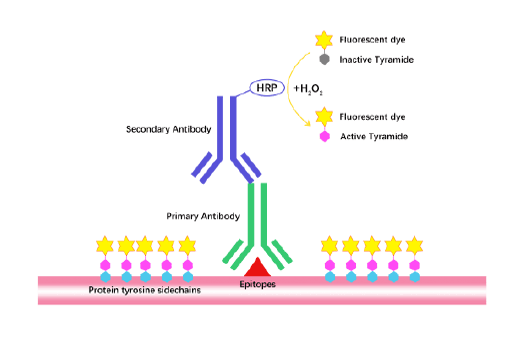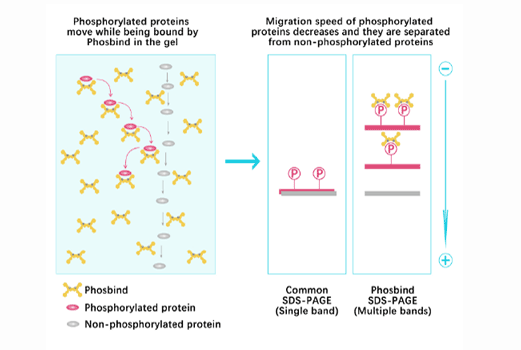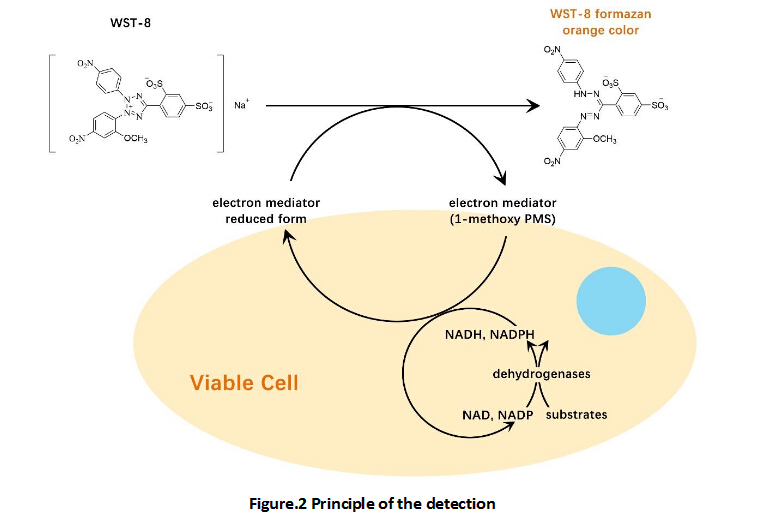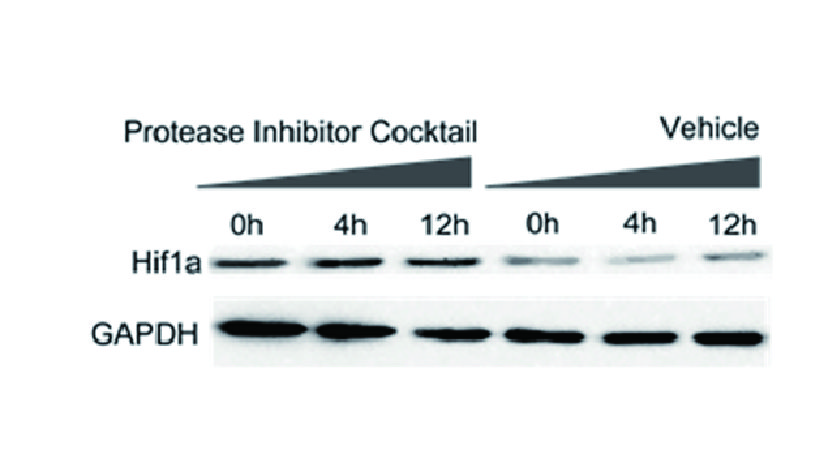TAK-242
TAK-242 (CAS 243984-11-4), also known as resatorvid, is a cyclohexene derivative that functions as a selective inhibitor of Toll-like receptor 4 (TLR4) signaling. Mechanistically, TAK-242 binds specifically to the intracellular domain of TLR4, disrupting its interaction with downstream adaptor proteins and thus suppressing activation of inflammatory signal pathways triggered by lipopolysaccharide (LPS). In vitro, TAK-242 inhibits LPS-induced production of nitric oxide, TNF-α, and interleukin-6 in macrophages (IC50: 1.1–11 nM). Preclinical animal models indicate its potential usefulness in mitigating inflammatory responses associated with neuropsychiatric conditions triggered by stress.
Reference:
[1] Ii M, Matsunaga N, Hazeki K, Nakamura K, Takashima K, Seya T, Hazeki O, Kitazaki T, Iizawa Y. A novel cyclohexene derivative, ethyl (6R)-6-[N-(2-Chloro-4-fluorophenyl)sulfamoyl]cyclohex- 1-ene-1-carboxylate (TAK-242), selectively inhibits toll-like receptor 4-mediated cytokine production through suppression of intracellular signaling. Mol Pharmacol. 2006;69(4):1288-95.
[2] Naoko Matsunaga, Noboru Tsuchimori, Tatsumi Matsumoto, and Masayuki Ii. TAK-242 (Resatorvid), a Small-Molecule Inhibitor of Toll-Like Receptor (TLR) 4 Signaling, Binds Selectively to TLR4 and Interferes with Interactions between TLR4 and Its Adaptor Molecules. Mol Pharmacol 79:34–41, 2011.
[3] Iciar Gárate, Borja García-Bueno, José Luis Mu oz Madrigal, Javier R Caso, Luis Alou, María Luisa Gómez-Lus and Juan Carlos Leza. Toll-like 4 receptor inhibitor TAK-242 decreases neuroinflammation in rat brain frontal cortex after stress. Journal of Neuroinflammation 2014, 11:8.
[4] Todd W. Rice; Arthur P. Wheeler; Gordon R. Bernard; Jean-Louis Vincent; Derek C. Angus; Naoki Aikawa; Ignace Demeyer; Stephen Sainati; Nicholas Amlot; Charlie Cao; Masayuki Ii; Hideyasu Matsuda; Kouji Mouri; Jon Cohen. A randomized, double-blind, placebo-controlled trial of TAK-242 for the treatment of severe sepsis. Crit Care Med 2010 Vol. 38, No. 8: 1-10.
- 1. Shuiqing Chi, Liying Rong, et al. "Biliary atresia: Rotavirus amplification of lipopolysaccharide/toll - like receptor 4 by mediating MMP7 upregulation through NF - κB." Pediatr Res. 2025 May 25 PMID: 40415071
- 2. Xiaomin Wu, Ting He, et al. "Suppressing TLR4 alleviates cerebral injury in heatstroke rats through the modulation of microglial polarization." Int J Hyperthermia. 2025 Dec;42(1):2503312 PMID: 40376840
- 3. Haodong Zhou, Qingyang Chen, et al. "Hsa_circ_0001944 Regulates FXR/TLR4 Pathway and Ferroptosis to Alleviate Nickel Oxide Nanoparticles-Induced Collagen Formation in LX-2 Cells." Toxics. 2025 Mar 31;13(4):265 PMID: 40278581
- 4. Haiqin Liu, Ruiming Yang, et al. "Mechanism of Qingjie Fuzheng Granules in inhibiting colitis associated colorectal cancer by regulating TLR4 and IL-4R mediated macrophage polarization." J Ethnopharmacol.2025 Mar 26:344:119511 PMID: 39978444
- 5. Puspendu Sardar, Benjamin S Beresford-Jones, et al. "Gut microbiota-derived hexa-acylated lipopolysaccharides enhance cancer immunotherapy responses." Nat Microbiol.2025 Mar;10(3):795-807 PMID: 39929976
- 6. Xiao‐li Min, Sixian Lin, et al. "The opposite effect of ELP4 and ZEB2 on TCF7L2‐mediated microglia polarization in ischemic stroke." J Cell Commun Signal. 2025 Jan 16;19(1):e12061 PMID: 39822731
- 7. Xin Zheng, Tao Gong, et al. "Fusobacterium nucleatum extracellular vesicles are enriched in colorectal cancer and facilitate bacterial adhesion." Sci Adv. 2024 Sep 20;10(38):eado0016 PMID: 39303027
- 8. Yu Cao, Minghui Chen, et al. "Neutrophil extracellular traps mediate the crosstalk between plaque microenvironment and unstable carotid plaque formation." Exp Mol Med. 2024 Aug 1 PMID: 39085350
- 9. Haiqin Liu, Shuo Yan, et al. "Jiedu Xiaozheng Yin Inhibits the Progression of Colitis Associated Colorectal Cancer by Stimulating Macrophage Polarization Towards an M1 Phenotype via the TLR4 Pathway." Integr Cancer Ther. 2024 Jan-Dec:23:15347354241247061 PMID: 38641964
- 10. AnlingLiu, et al. "Whitening of brown adipose tissue inhibits osteogenic differentiation via secretion of S100A8/A9." iScience. 2024 Jan 11;27(2):108857 PMID: 38303710
- 11. Adam S. Dayoub, Eesha Acharya, et al. "Novel Small Molecules with Anti-Inflammatory and Anti-Angiogenic Activity in a Mouse Model of Oxygen-Induced Retinopathy." Cells 2024, 13(16), 1371
- 12. Jinfa Zheng, Jinyu Wang, et al. "LncRNA AP000487. 1 regulates PRKCB DNA methylation‐mediated TLR4/MyD88/NF‐κB pathway in Nano NiO‐induced collagen formation in BEAS‐2B cells." Environ Toxicol. 2023 Aug 1 PMID: 37528634
- 13. Manman Xu, Wujianwen Zhai, et al. "Kaixin Jieyu Granule attenuates neuroinflammation-induced depressive-like behavior through TLR4/PI3K/AKT/FOXO1 pathway: a study of network pharmacology and experimental validation." BMC Complement Med Ther. 2023 May 12;23(1):156 PMID: 37173696
- 14. Yu Hong, Shiqing He, et al. "Eupatilin alleviates inflammatory response after subarachnoid hemorrhage by inhibition of TLR4/MyD88/NF‐κB axis." J Biochem Mol Toxicol. 2023 May;37(5):e23317 PMID: 36872850
- 15. Haiyun Chen, Jing Zhong, et al. "PTP70-2, a novel polysaccharide from Polygala tenuifolia, prevents neuroinflammation and protects neurons by suppressing the TLR4-mediated MyD88/NF-κB signaling pathway." Int J Biol Macromol. 2022 Jan 1;194:546-555 PMID: 34801584
- 16. Liang Wang, Hui Shi, et al. "Astragaloside IV protects diabetic cardiomyopathy against inflammation and apoptosis via regulating TLR4/MyD88/NF-κB signaling pathway." Journal of Functional Foods 88 (2022) 104905
- 17. Zhijing Zhang, Lideng Guo, et al. "Adiponectin attenuates splenectomy-induced cognitive deficits by alleviating neuroinflammation and oxidative stress via the TLR4/MyD88/NF-κb signaling pathway in aged rats." Research Square
- 18. Xingjie Ping, Zhi Chai, et al. "Blocking receptor for advanced glycation end products (RAGE) or toll‐like receptor 4 (TLR4) prevents posttraumatic epileptogenesis in mice." Epilepsia. 2021 Dec;62(12):3105-3116 PMID: 34535891
- 19. Zhaojin Yu, Wensi Liu, et al. "HLA-A2. 1-restricted ECM1-derived epitope LA through DC cross-activation priming CD8+ T and NK cells: a novel therapeutic tumour vaccine." J Hematol Oncol. 2021 Apr 28;14(1):71 PMID: 33910591
- 20. Oladayo Oladiran, Xiang Qun Shi, et al. "Inhibition of TLR4 signaling protects mice from sensory and motor dysfunction in an animal model of autoimmune peripheral neuropathy." J Neuroinflammation. 2021 Mar 22;18(1):77 PMID: 33752705
- 21. Xin Huang, Hong Shen, et al. "Fisetin attenuates periodontitis through FGFR1/TLR4/NLRP3 inflammasome pathway." Int Immunopharmacol. 2021 Jun;95:107505 PMID: 33725636
- 22. Haiyun Chen, Xiao Chang, et al. "Tetramethylpyrazine Derivative T-006 Ameliorates the Amyloid-β Plagues of Transgenic Alzhermer's Mice by Modulation of TLR4-mediated MyD88/NF-κB Signaling." Research Square. rs-1043837/v1 10.21203/rs.3.rs-1043837/v1
- 23. Xia Li, Yuhan Zhang, et al. "Autophagy Activated by Peroxiredoxin of Entamoeba histolytica." Cells. 2020 Nov 12;9(11):2462 PMID: 33198056
- 24. Liu Hui-heng, Wang Jun-sheng, et al. "LPS induced PCT production via TLR-4/NF-кB passway: it is the difference of G-/G+ bacteremia rats." Cytokine. 2020 Oct 7;137:155317 PMID: 33039977
- 25. Chi-Wei Chen, Raquel Buj, et al. "ATM Inhibition Synergizes with Fenofibrate in High Grade Serous Ovarian Cancer Cells." Heliyon. 2020 Sep 29;6(9):e05097 PMID: 33024871
- 26. Zhang CY, Du J, et al. "Erythropoietin attenuates propofol-induced hippocampal neuronal cell injury in developing rats by inhibiting toll-like receptor 4 expression." Neurosci Lett. 2019 Nov 22:134647 PMID: 31765729
- 27. Zhu LF, Li L, et al. "M1 macrophages regulate TLR4/AP1 via paracrine to promote alveolar bone destruction in periodontitis." Oral Dis. 2019 Jul 30 PMID: 31361069
- 28. Guo LT, Wang SQ, et al. "Baicalin ameliorates neuroinflammation-induced depressive-like behavior through inhibition of toll-like receptor 4 expression via the PI3K/AKT/FoxO1 pathway." J Neuroinflammation. 2019 May 8;16(1):95 PMID: 31068207
- 29. Shao S, Fang H, et al. "Neutrophil Extracellular Traps Promote Inflammatory Responses in Psoriasis via Activating Epidermal TLR4/IL-36R Crosstalk." Front Immunol. 2019 Apr 5;10:746 PMID: 31024570
- 30. Dong X, Zheng Z, et al. "ACPAs promote IL-1βproduction in rheumatoid arthritis by activating the NLRP3 inflammasome." Cell Mol Immunol. 2019 Mar 25 PMID: 30911117
- 31. Xue J, Ge H, et al. "The role of dendritic cells regulated by HMGB1/TLR4 signalling pathway in myocardial ischaemia reperfusion injury." J Cell Mol Med. 2019 Apr;23(4):2849-2862 PMID: 30784177
- 32. Cong Li, Jinxian Huang, et al. "Pyridoxal-5'-Phosphate Promotes Immunomodulatory Function of Adipose-Derived Mesenchymal Stem Cells through Indoleamine 2,3-Dioxygenase-1 and TLR4/NF-κB Pathway." Stem Cells International. Volume 2019, Article ID 3121246, 15 pages
- 33. Sun Y, Su J, et al. "Aflatoxin B(1) Promotes Influenza Replication and Increases Virus Related Lung Damage via Activation of TLR4 Signaling." Front Immunol. 2018 Oct 4;9:2297 PMID: 30337931
- 34. Zhu L, Han J, et al. "Berberine ameliorates diabetic nephropathy by inhibiting TLR4/NF-κB pathway." Biol Res. 2018 Mar 31;51(1):9 PMID: 29604956
- 35. Gao X, Li T, et al. "Bacterial outer membrane vesicles from dextran sulfate sodium-induced colitis differentially regulate intestinal UDP-glucuronosyltransferase 1A1 partially through TLR4/MAPK/PI3K pathway." Drug Metab Dispos. 2018 Jan 8. pii:dmd.117.079046 PMID: 29311138
- 36. Fanfan Xu, Xinghua Qiu, et al. "Effects on IL-1b signaling activation induced by water and organic extracts of fine particulate matter (PM2.5) in vitro*." Environmental Pollution 237 (2018) 592e600
- 37. Fellner A, Barhum Y, et al. "Toll-Like Receptor-4 Inhibitor TAK-242 Attenuates Motor Dysfunction and Spinal Cord Pathology in an Amyotrophic Lateral Sclerosis Mouse Model." Int J Mol Sci. 2017 Aug 1;18(8). pii: E1666 PMID: 28763002
| Physical Appearance | A solid |
| Storage | Store at -20°C |
| M.Wt | 361.82 |
| Cas No. | 243984-11-4 |
| Formula | C15H17ClFNO4S |
| Synonyms | Resatorvid;TAK242;TAK 242;CLI-095 |
| Solubility | insoluble in H2O; ≥100.6 mg/mL in EtOH; ≥18.09 mg/mL in DMSO |
| Chemical Name | ethyl (6R)-6-[(2-chloro-4-fluorophenyl)sulfamoyl]cyclohexene-1-carboxylate |
| SDF | Download SDF |
| Canonical SMILES | CCOC(C1=CCCC[C@H]1S(Nc(ccc(F)c1)c1Cl)(=O)=O)=O |
| Shipping Condition | Small Molecules with Blue Ice, Modified Nucleotides with Dry Ice. |
| General tips | We do not recommend long-term storage for the solution, please use it up soon. |
| Kinase experiment [1]: | |
|
Assay for LPS binding to PBMCs |
PBMCs were suspended in BSA solution (phosphate-buffered saline containing 0.1% BSA and 0.01% sodium azide). In a total volume of 50 μL, PBMCs (3 × 105 cells) were incubated with TAK-242, anti-human CD14 monoclonal antibody (MAb) MEM-18, or anti-human CC-chemokine receptor 5 (CCR5) MAb as a negative control for 30 mins at 4 °C. The cells were further incubated with 50 ng/mL LPS from E. coli serotype O55:B5 conjugated with Alexa Fluor 488 per milliliter in the presence of human serum at a final concentration of 1% for 45 mins at 37 °C. After washing twice with BSA solution, 1 × 104 cells were analyzed by flow cytometry using CytoACE300 cytofluorometer. The assays were performed in triplicate for each preparation of PBMCs obtained from four different donors. Specific LPS binding was estimated by subtracting the percentage of LPS-binding cells in the absence of LPS from that in the presence of LPS. |
| Cell experiment [2]: | |
|
Cell lines |
RAW264.7 cells |
|
Preparation method |
This compound is soluble in DMSO. General tips for obtaining a higher concentration: Please warm the tube at 37℃ for 10 minutes and/or shake it in the ultrasonic bath for a while. Stock solution can be stored below -20℃ for several months. |
|
Reaction Conditions |
1, 10, 100 and 1000 nM; 15 mins |
|
Applications |
In RAW264.7 cells, TAK-242 inhibited the phosphorylation of IRAK-1 induced by LPS. |
| Animal experiment [3]: | |
|
Animal models |
Wistar Hannover rats |
|
Dosage form |
0.5 mg/kg; i.v. |
|
Applications |
TAK-242 prevented the accumulation of potentially deleterious inflammatory and oxidative/nitrosative mediators in the brain frontal cortex of rats. |
|
Other notes |
Please test the solubility of all compounds indoor, and the actual solubility may slightly differ with the theoretical value. This is caused by an experimental system error and it is normal. |
|
References: [1]. Ii M, Matsunaga N, Hazeki K, Nakamura K, Takashima K, Seya T, Hazeki O, Kitazaki T, Iizawa Y. A novel cyclohexene derivative, ethyl (6R)-6-[N-(2-Chloro-4-fluorophenyl)sulfamoyl]cyclohex- 1-ene-1-carboxylate (TAK-242), selectively inhibits toll-like receptor 4-mediated cytokine production through suppression of intracellular signaling. Mol Pharmacol. 2006;69(4):1288-95. [2]. Naoko Matsunaga, Noboru Tsuchimori, Tatsumi Matsumoto, and Masayuki Ii. TAK-242 (Resatorvid), a Small-Molecule Inhibitor of Toll-Like Receptor (TLR) 4 Signaling, Binds Selectively to TLR4 and Interferes with Interactions between TLR4 and Its Adaptor Molecules. Mol Pharmacol 79:34–41, 2011. [3] Iciar Gárate, Borja García-Bueno, José Luis Mu?oz Madrigal, Javier R Caso, Luis Alou, María Luisa Gómez-Lus and Juan Carlos Leza. Toll-like 4 receptor inhibitor TAK-242 decreases neuroinflammation in rat brain frontal cortex after stress. Journal of Neuroinflammation 2014, 11:8. |
|
Quality Control & MSDS
- View current batch:
Chemical structure
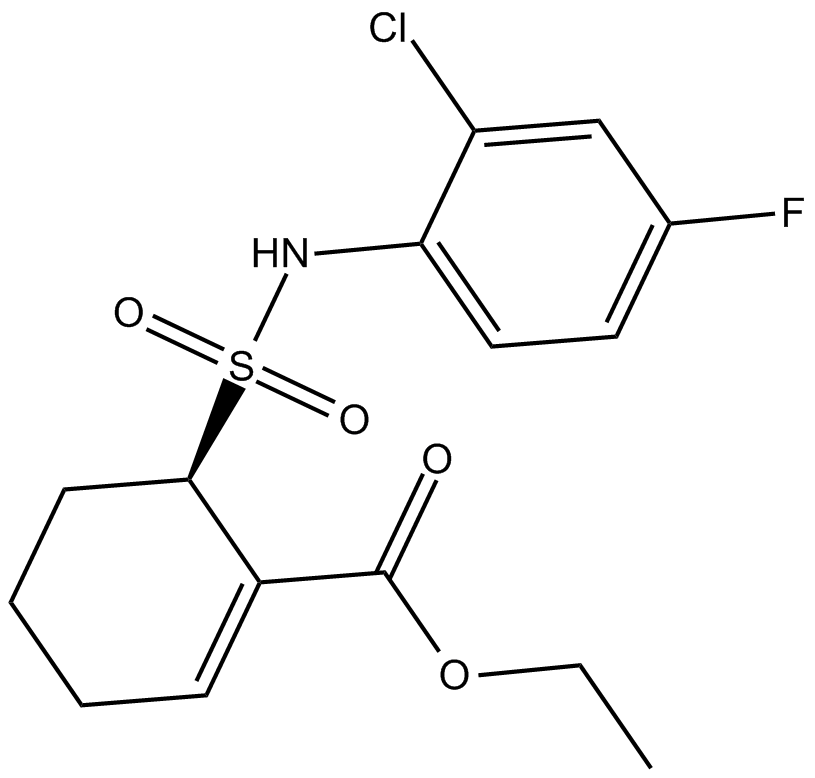
Related Biological Data
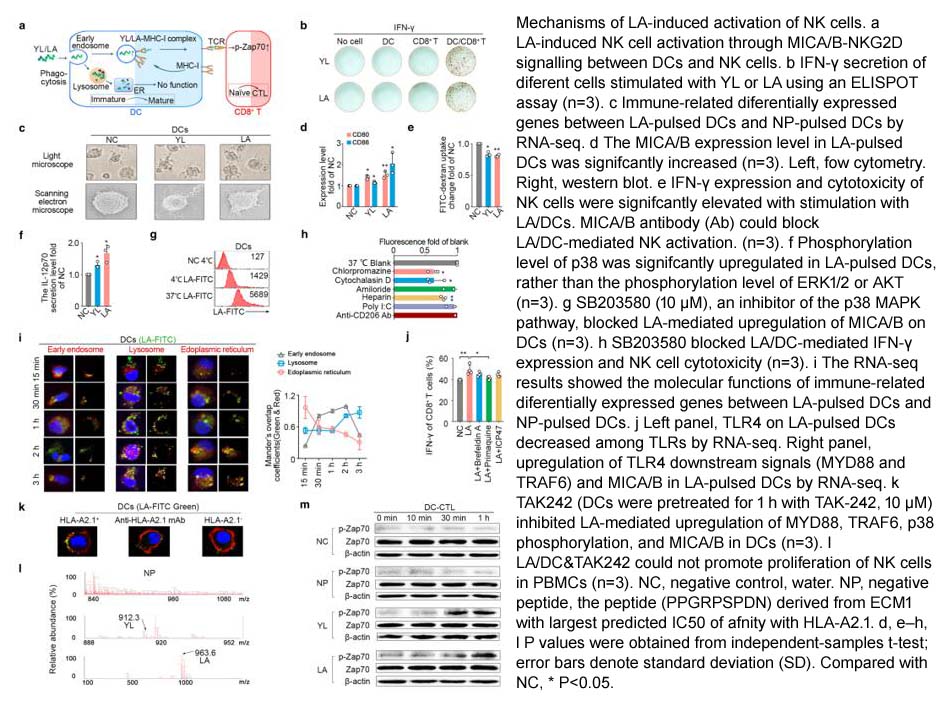
Related Biological Data
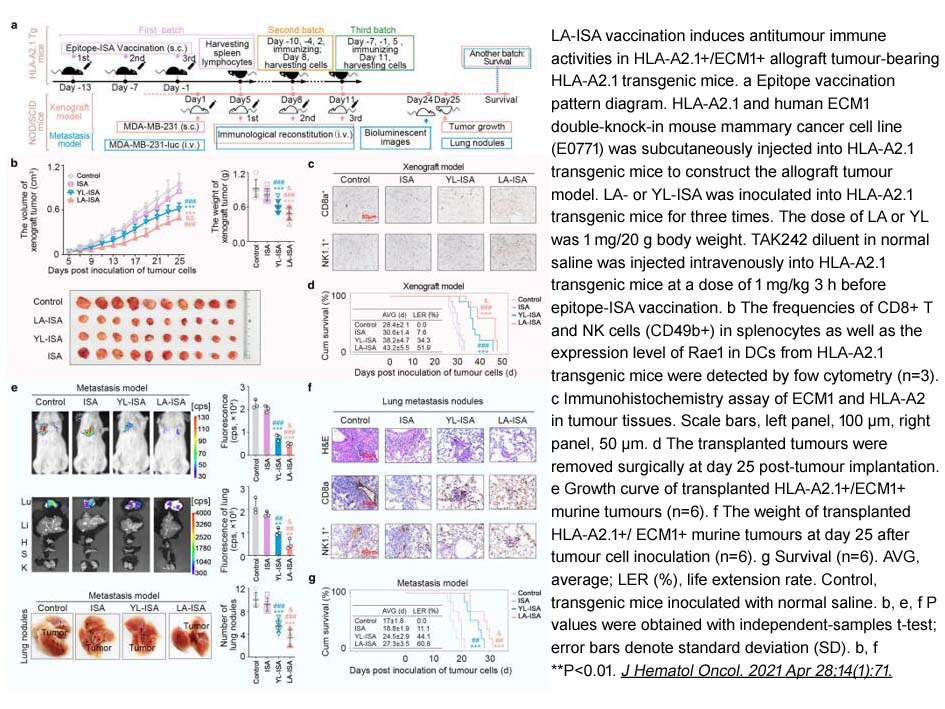
Related Biological Data
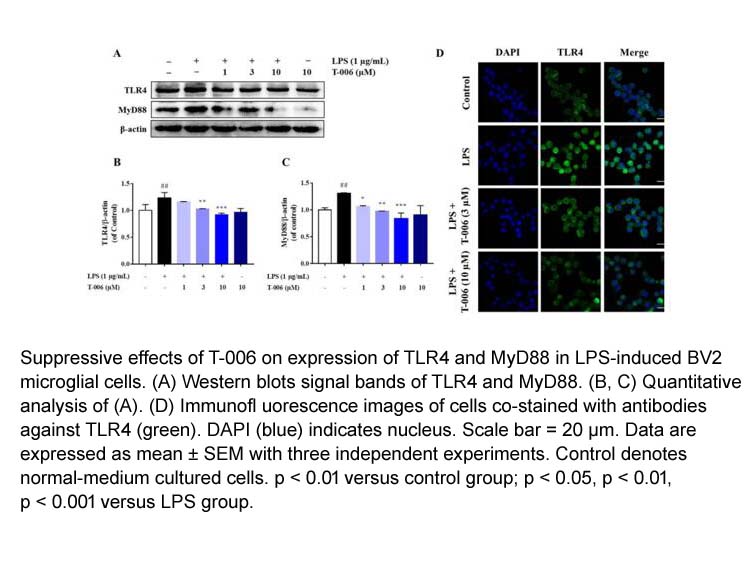
Related Biological Data
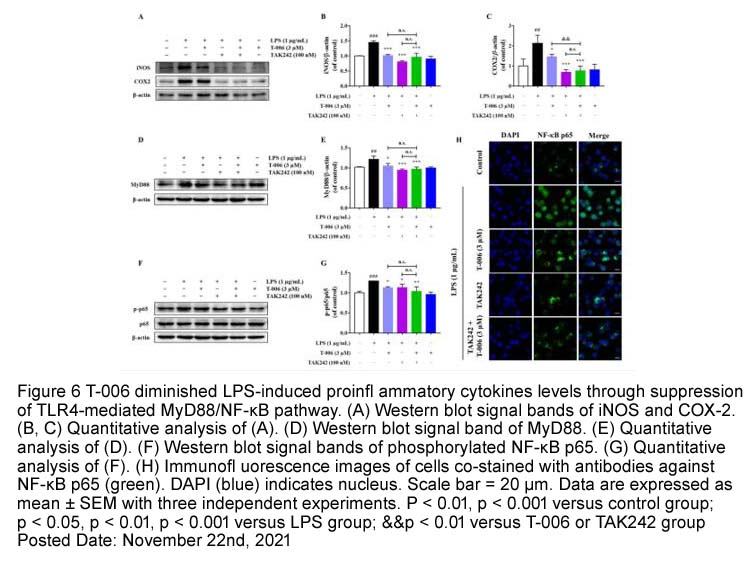
Related Biological Data
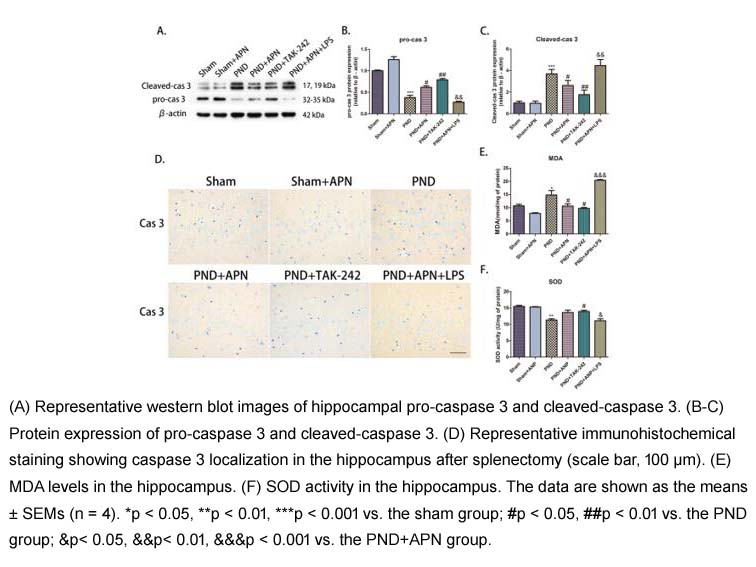
Related Biological Data
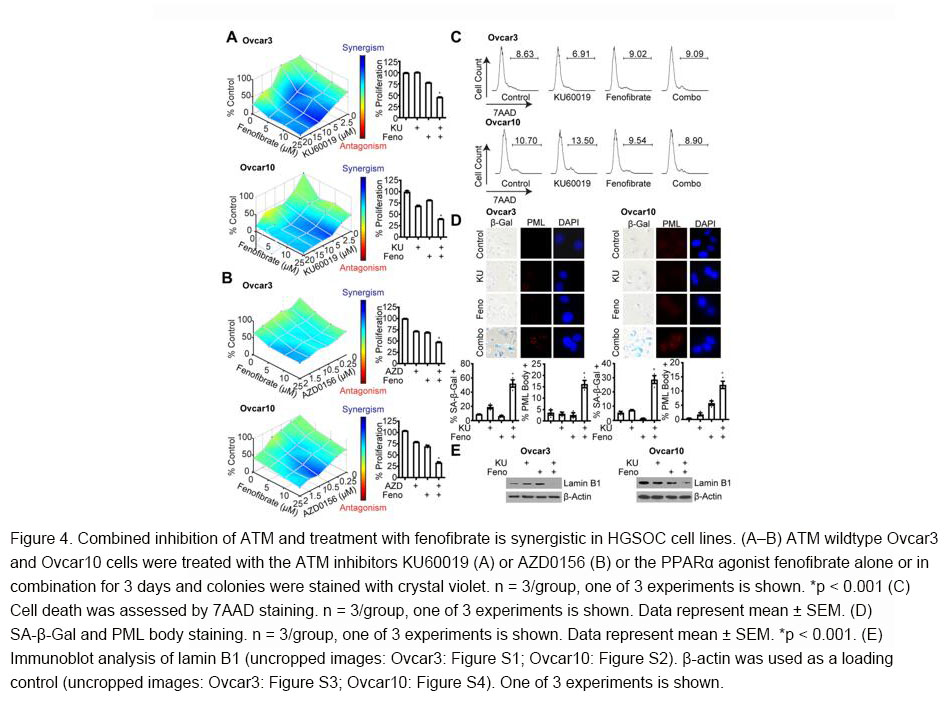
Related Biological Data
